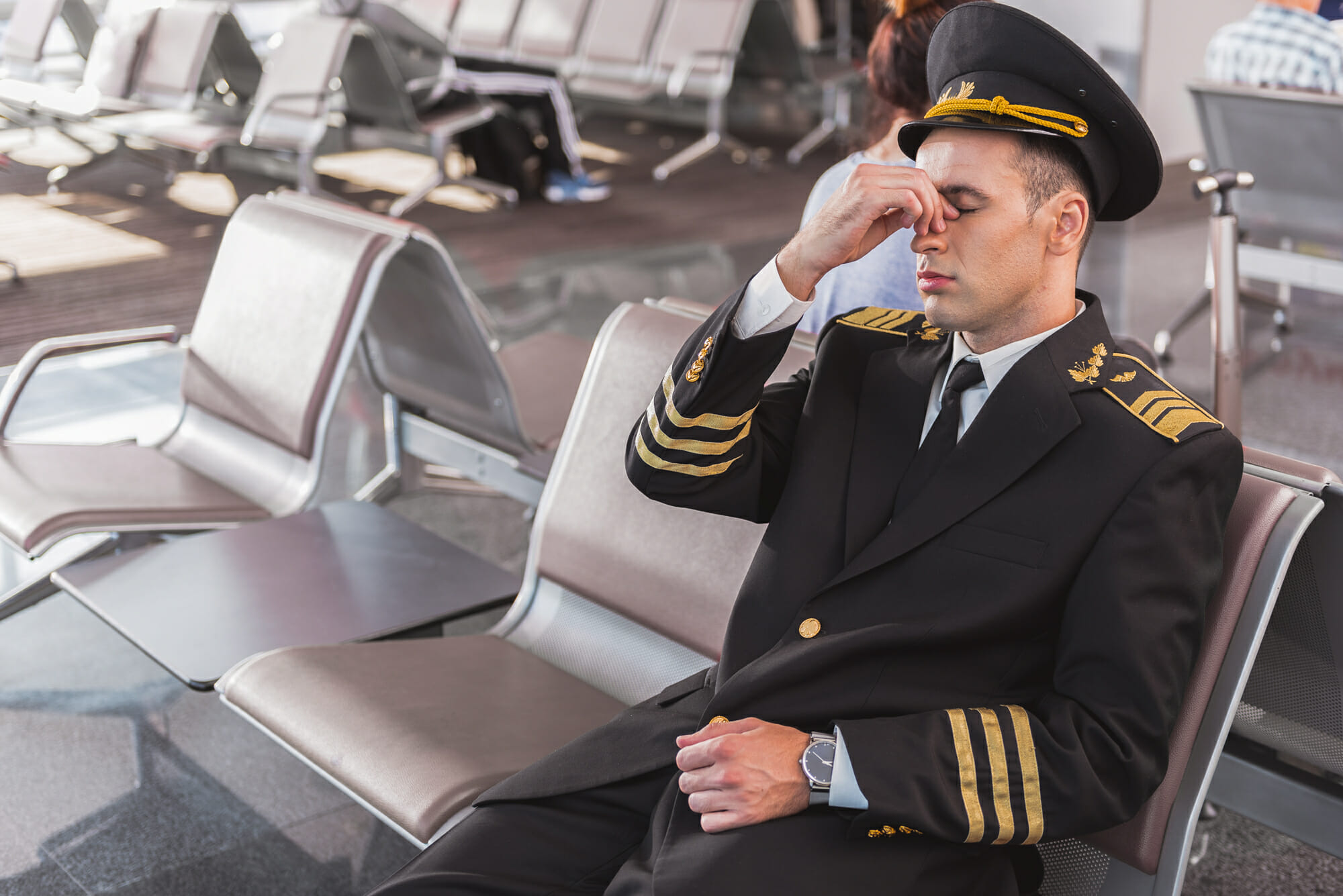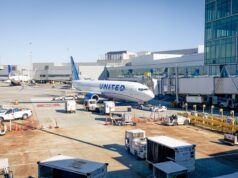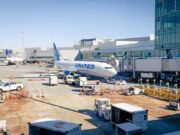 On February 12, 2009 at 10:17PM, less than a month after US Airways 1549 had made a successful landing on the Hudson River, Colgan Airlines 3407 came to rest upon a house in Clarence Center, N.Y. killing all 49 passengers and crew as well as one person in the house. This remained the last fatal accident in commercial U.S. aviation until April 17, 2018 when a passenger was partially sucked out of a window that was damaged during an uncontained engine failure on a Southwest Airlines flight.
On February 12, 2009 at 10:17PM, less than a month after US Airways 1549 had made a successful landing on the Hudson River, Colgan Airlines 3407 came to rest upon a house in Clarence Center, N.Y. killing all 49 passengers and crew as well as one person in the house. This remained the last fatal accident in commercial U.S. aviation until April 17, 2018 when a passenger was partially sucked out of a window that was damaged during an uncontained engine failure on a Southwest Airlines flight.
This accident of Colgan 3407 was well covered by the media and is well known within and outside of aviation. The causes of the accident are not controversial, nor was the outcome. What did cause of a lot of disagreement and discussion were the resulting outcomes of the accident. Like most of the watershed accidents that have been discussed in the past, there was considerable public outcry related to this specific accident as well as a slew of congressionally-driven legislation as a direct result of this accident. Like many watershed accidents before it, the effectiveness of this legislation won’t be fully understood for some time. Also, as with other legislation, the opinions have solidly landed in two different and opposed camps. One camp asserts that the thrust of the legislation is completely pointless and ineffective and was simply a knee-jerk reaction to the public outcry from the families of the victims. The other camp has solidly supported the legislation, even if significant industry groups didn’t necessarily agree.
Rather than revisit the tragedy, it is important to discuss the fundamental factors and then compare whether the base premise of the different parts of the legislation were actually or apparently effective at addressing the root cause. One way to determine the effectiveness of any safety change as a result of an incident or accident is root cause analysis. It can usually be concluded that if the change directly and fully addresses the root cause(s) of the problem, that it will have a higher chance of being effective.
With Colgan 3407, the legislative process was charged with emotion and media sensation, so it will take some time to see if the focus of root cause analysis really aligns with what was passed.
The first component of the legislation that attempted to address root issues is also probably the most controversial. As most know, the requirement to have 1500 total hours has been vigorously debated within the community. We have discussed it previously and the only hard data available suggests that the accident rate has been lower, although there is no way to conclusively attribute it to the increase in Air Transport Pilot requirements.
The second component of the legislation was FAR Part 117, which is widely known as the revision to required rest rules. While the rules addressed many elements of fatigue and sleep schedules, they did not fully address all factors that contributed to fatigue with the flight crew of Colgan 3407. These areas specifically include sleep location (which directly affects sleep quality) and off-the-clock commuting. Available information suggests that the captain likely slept in the crew room (based on various sightings the night before and the day of the accident). We also know the first officer commuted in from Seattle (a four- to six-hour commute starting at a very early hour) before starting her shift. While FAR 117 addresses rest while on company related duty, there is a large hole in the legislation related to off-duty rest, especially rest associated with traveling to work, or being “in domicile” between work shifts, but not on company duty. These are both common situations with which almost every airline pilot is familiar, and it is likely that the lower wages, that were common at the time, changed the feasible options available to the pilots of Colgan 3407. These are factors that remain today.
However, it is fairly well accepted among most crew members that the additional requirements for actual sleep opportunity, or time “behind the door” as well as recognition of normal human sleep patterns, have effectively reduced fatigue. When coupled with rolling duty limits within a Duty Period, the previous week, the previous 28 days and the previous year, there is more protection of required crew down-time.
The addition of restrictions on non-operating duties (such as deadheads, etc.) has also helped to ensure that crew members are more adequately protected from fatigue during company duty. The additional FAA requirement, on the company side, for Fatigue Risk Management Plans (FRMP) has helped to ensure adequate tracking and classification of any fatigue related issues by the company. This ensures that there is continuous awareness, tracking, classification and root cause analysis of any fatigue event that is reported to the company. Since each FRMP is specific to each airline, it allows the data to be used to tailor solutions that will fit that company’s unique operational profile. In turn, this results in continuous improvement and evolution, that should keep policies and procedures relevant as the operation changes and adapts.
The reason that fatigue became such a hot-button issue with this accident is because both flight crew members were exhibiting behavior that was not consistent with professional pilots at their experience levels. Both were exhibiting behaviors that are common in fatigued crew members, which gave thrust to establishing a rule to reduce fatigue since it had been a well- known problem for years. It is impossible to say that the crew would have avoided the accident had they not likely been fatigued, but it is absolutely true that mental alertness as a result of being well rested is one of the major lines of defense against an accident; especially a preventable accident where the crew does not seem to be behaving in the same manner as a well-rested crew.
The final and lesser known part of the legislation is the requirement to implement additional training in stall/spin prevention and recovery. This includes changes to the previous requirement to recover within a certain tolerance, rather than focusing on the airmanship required to recognize and recover properly.
The next series of articles will cover how this accident had a far more profound effect on aviation safety than just the most obvious outcomes of the accident. Regardless of the effectiveness of those changes, it is certain that outcomes of these changes will be measured over the next few decades.

























































































































